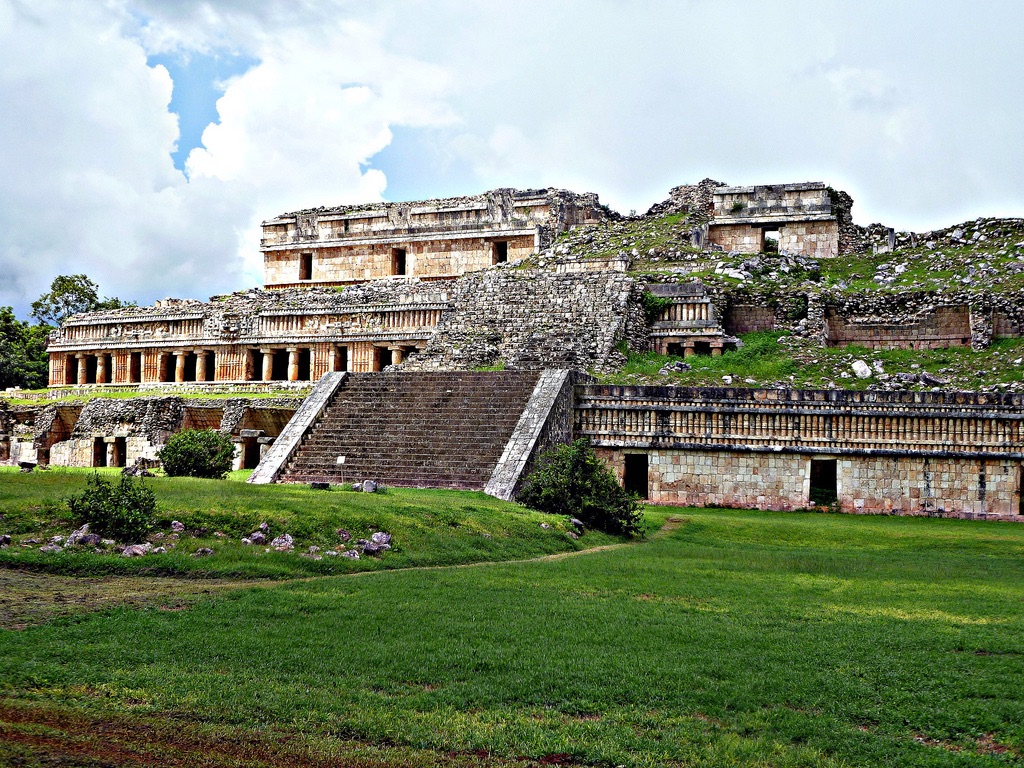Snuggled within the dense forests of the Yucatán Peninsula, the Sayil Ruins are a testament to the ingenuity of the ancient Mayan civilization. This site, part of the Puuc region, showcases a blend of architectural splendor and astronomical precision. Visitors can explore iconic structures such as the Great Palace, a three-story building marked by its impressive columns and intricate stone carvings. Sayil reveals the Mayans’ advanced urban planning and social organization through its remnants. By studying these grand constructions, we uncover the daily life, religious practices, and communal hierarchies of a once-thriving city.
Ancient Civilizations
All Ancient Civilizations, Cultures and People
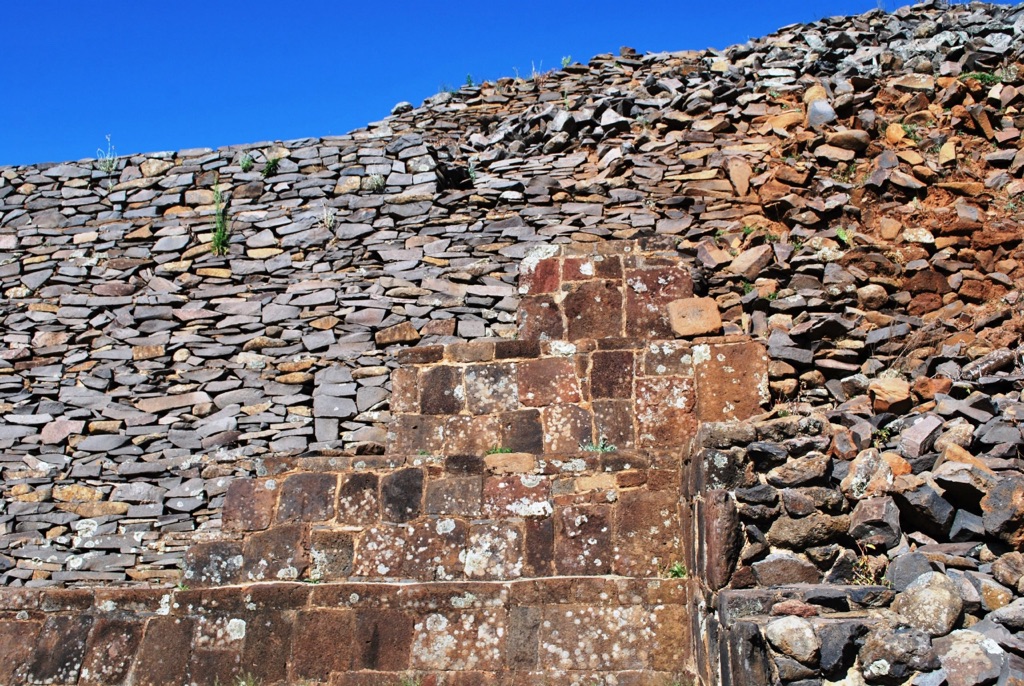
Tzintzuntzan
Tzintzuntzan holds a remarkable place in history as the capital of the Purépecha empire during the post-classical period. This ancient city, whose name means “place of the hummingbirds,” was once a bustling metropolis teeming with trade, culture, and religious activities. Today, it stands as a testament to the engineering and artistic capabilities of its builders. Visitors to the archaeological site can wander through the remains of grand temples, plazas, and yácatas—rounded pyramidal structures unique to the Purépecha. The site’s strategic location on the banks of Lake Pátzcuaro provided a natural defense and trade advantages, contributing to the prosperity and significance of Tzintzuntzan in Mesoamerican history.
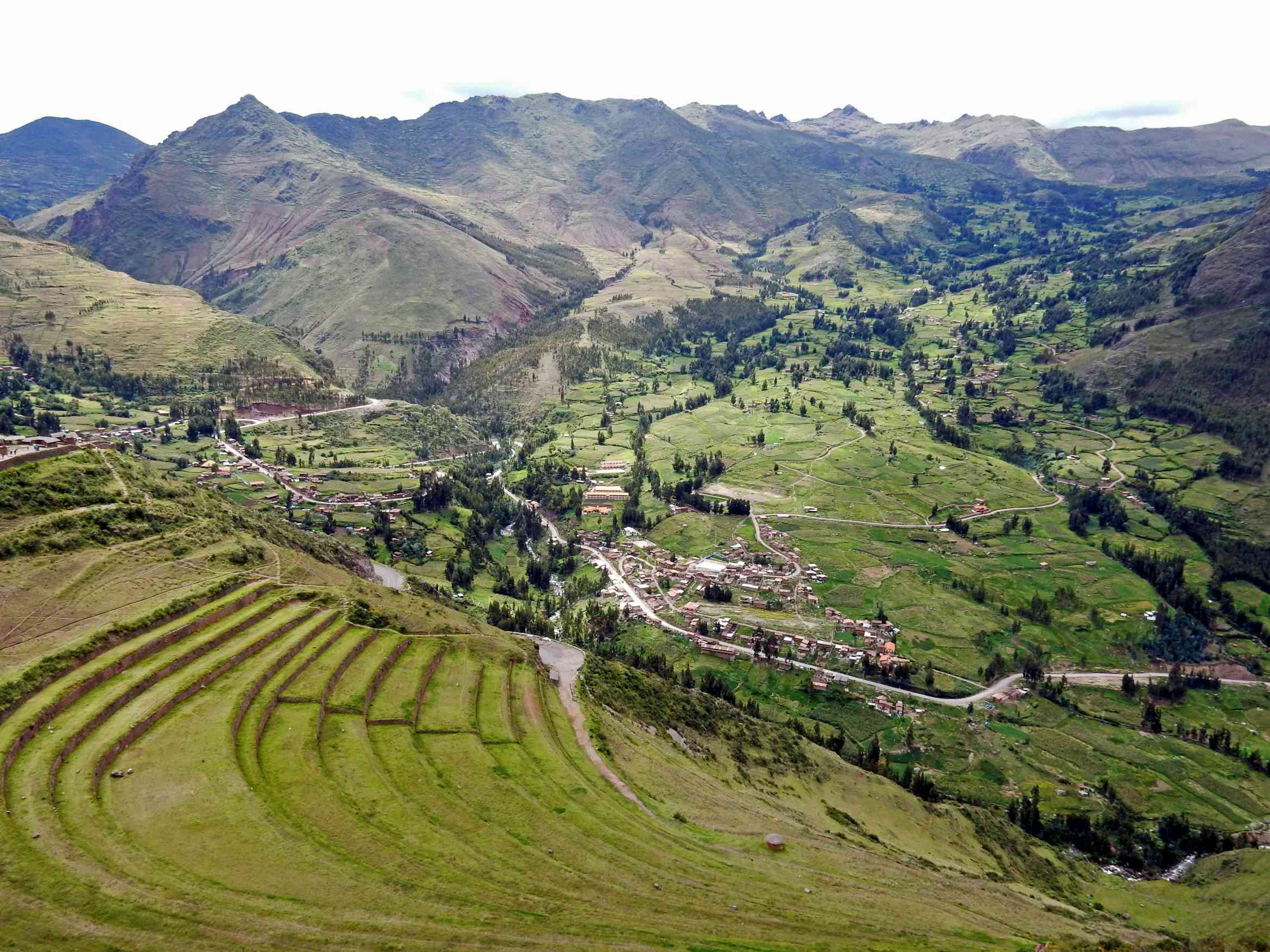
Inca complex at Písac
Perched elegantly in the Sacred Valley of the Incas, the Písac Ruins are a testimony to architectural genius. Begging exploration, this archaeological gem blends harmoniously with the rugged Andean landscape. Each terrace carved into the hillside whispers the ingenuity of Inca civilization. Here, visitors can wander through residential areas, religious sites, and a fortress. They might find themselves marveling at the precision of stone walls intricately built without mortar. Truly, Písac offers a window to the past where one can immerse themselves in the historical richness of Peru.
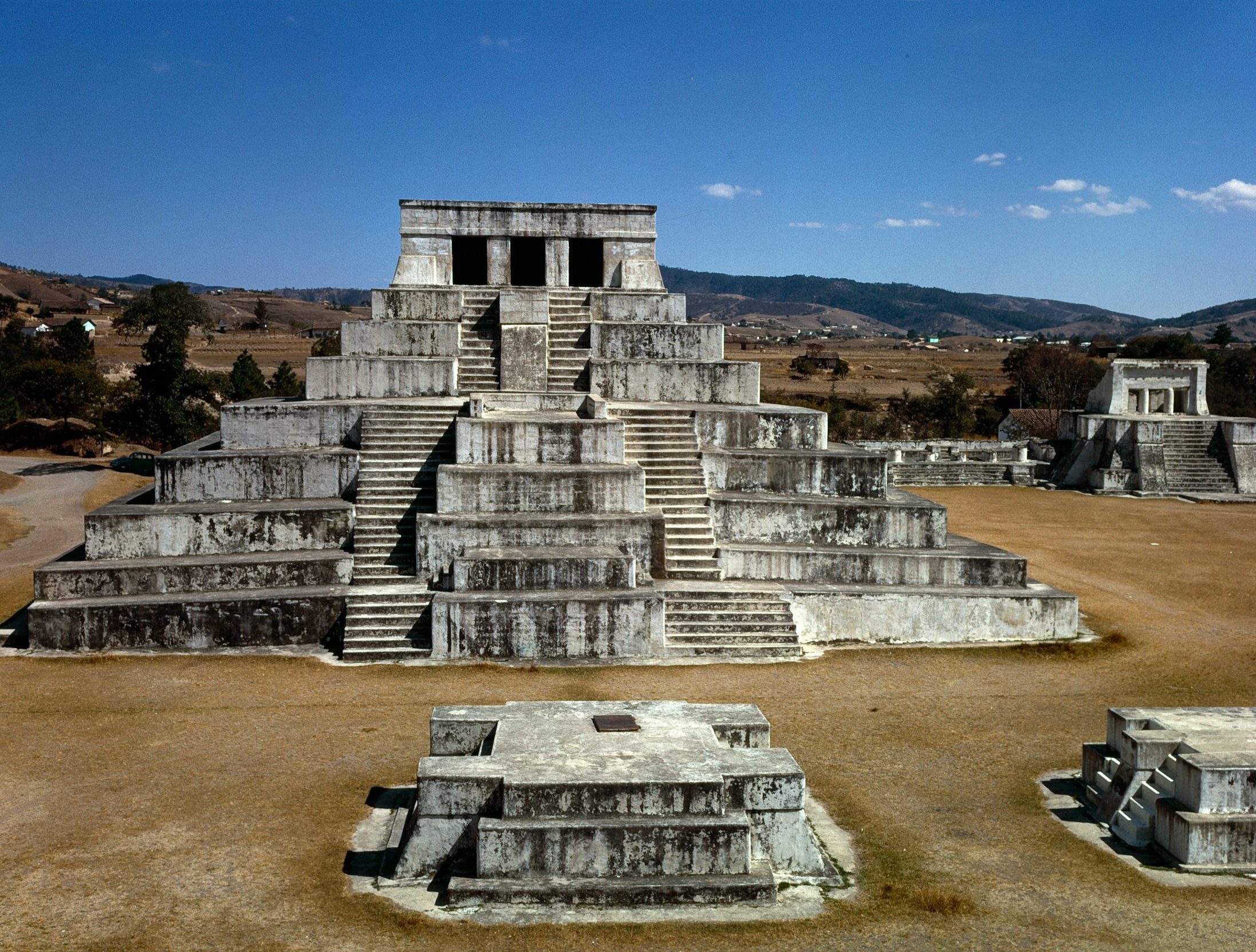
Zaculeu
Zaculeu stands as a remarkable window into the ancient Maya civilization, offering insights into their advanced societal structures. The ruins echo the historical might of the Mam Maya, showcasing the engineering and architectural prowess of this indigenous group. Careful study of this site reveals its role as a formidable city-state with profound spiritual and administrative significance. As an archaeological marvel, Zaculeu continues to inspire awe with its grand plazas and solemn pyramids, which are as culturally rich as they are ancient.
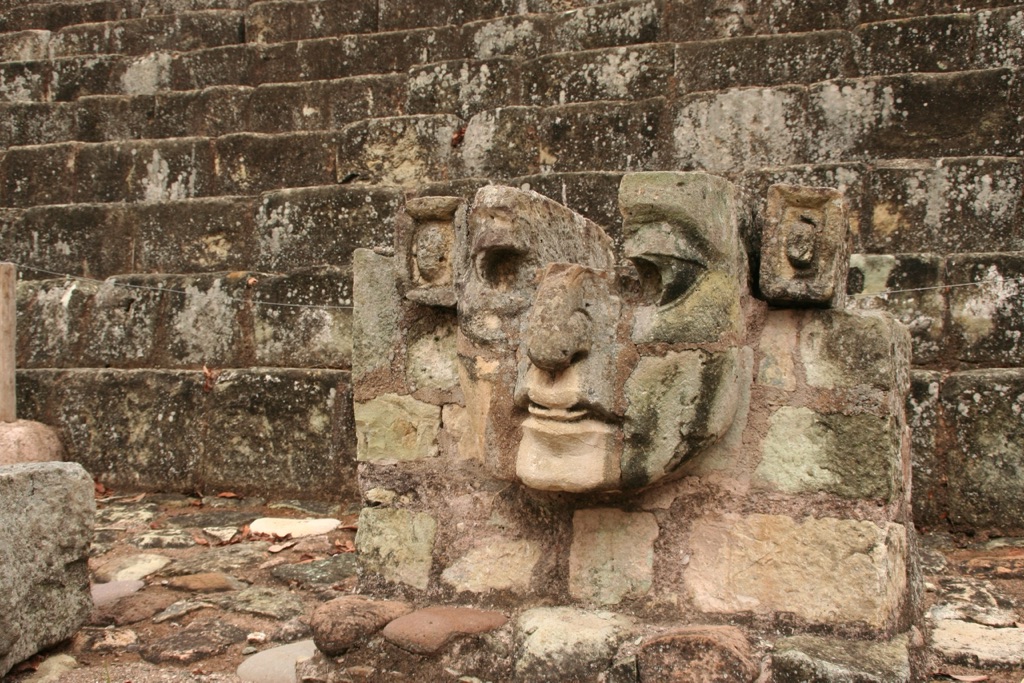
Copán
Nestled in the lush valleys of western Honduras, Copán stands as one of the most significant remnants of the Maya civilization. Known for its monumental structures, intricately carved stelae, and advanced hieroglyphic script, Copán offers an immersive glimpse into ancient history. Visitors marvel at the Acropolis and the grandiose hieroglyphic stairway that tells a dynastic story. As a UNESCO World Heritage Site, Copán showcases the ingenuity of Mayan astronomy, mathematics, and writing systems, attracting scholars and travelers worldwide.
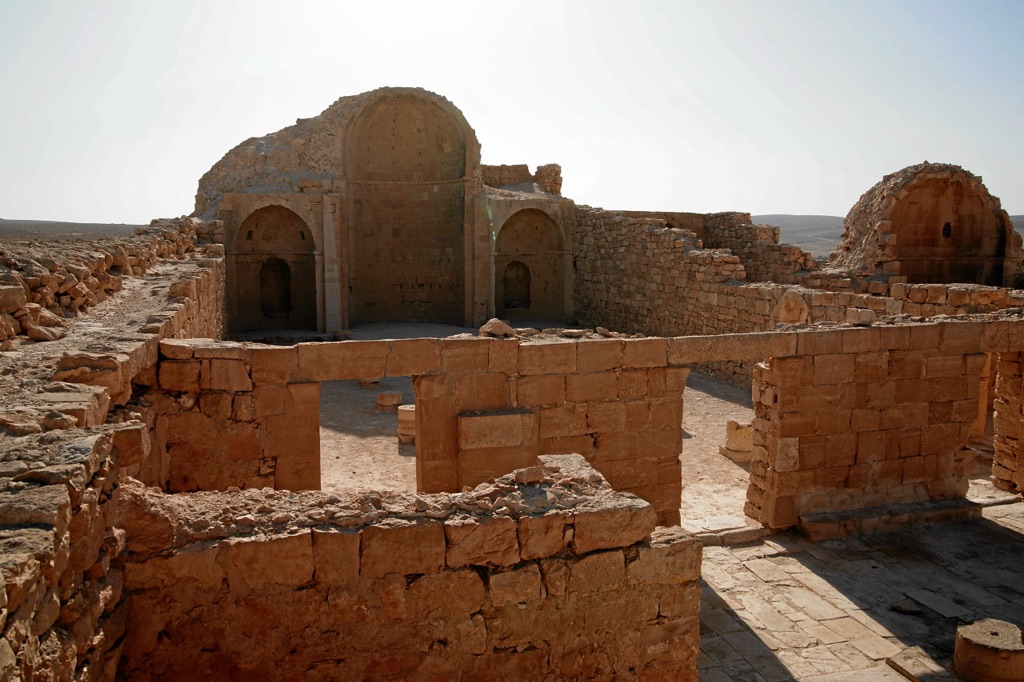
The Ancient City of Shivta
Nestled in the Negev desert of Israel, the Shivta ruins tell a story of bygone eras. Once a flourishing city, Shivta showcases intricate stone architectures from the Byzantine period. Scholars believe it thrived as an agricultural center and a way station for pilgrims. The city’s craftsmanship is evident in the surviving churches, houses, and public buildings. Excavations at Shivta provide a window into ancient urban planning. Experts regard it as an icon of desert community life from centuries past. Its historical significance continues to draw visitors and researchers alike.

